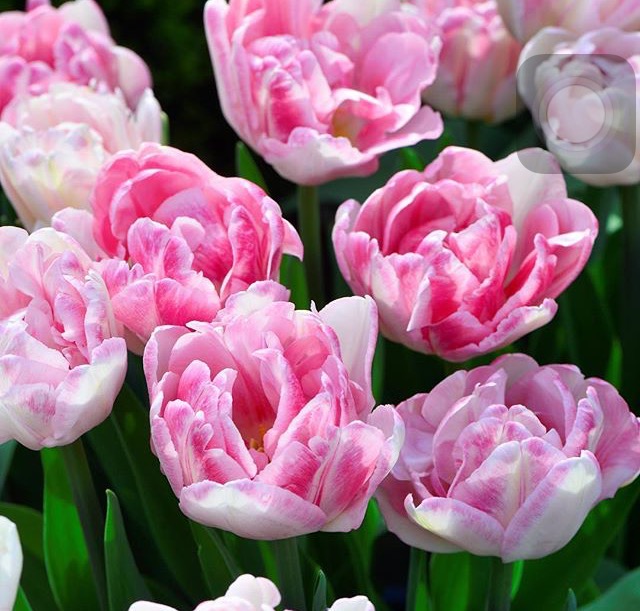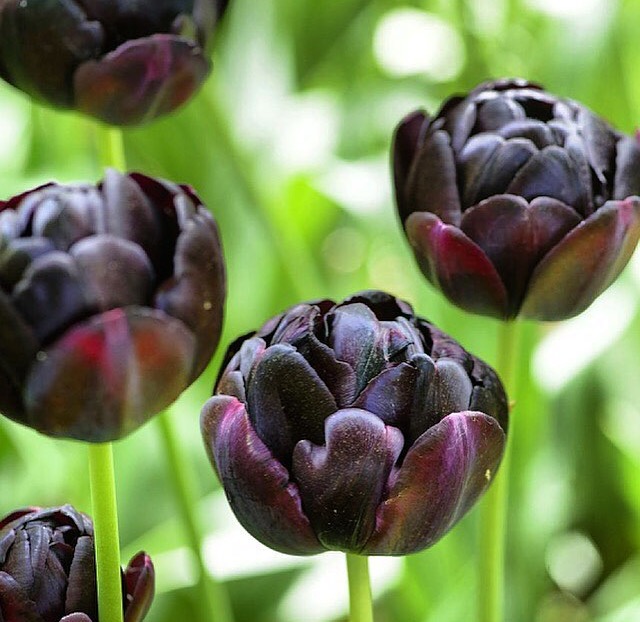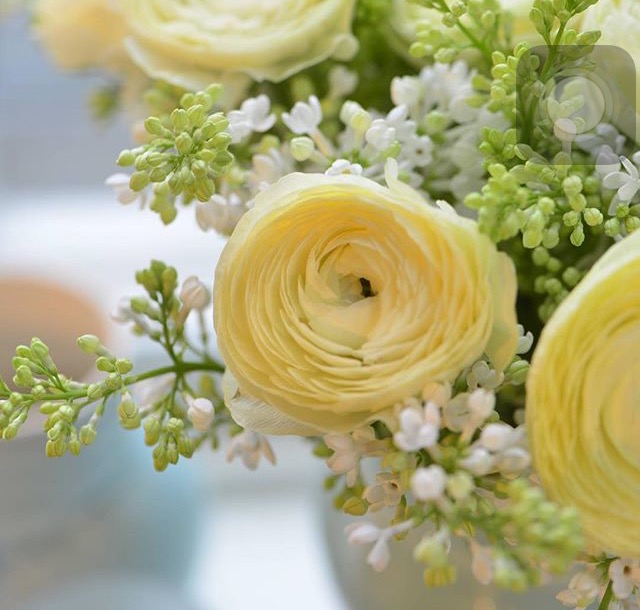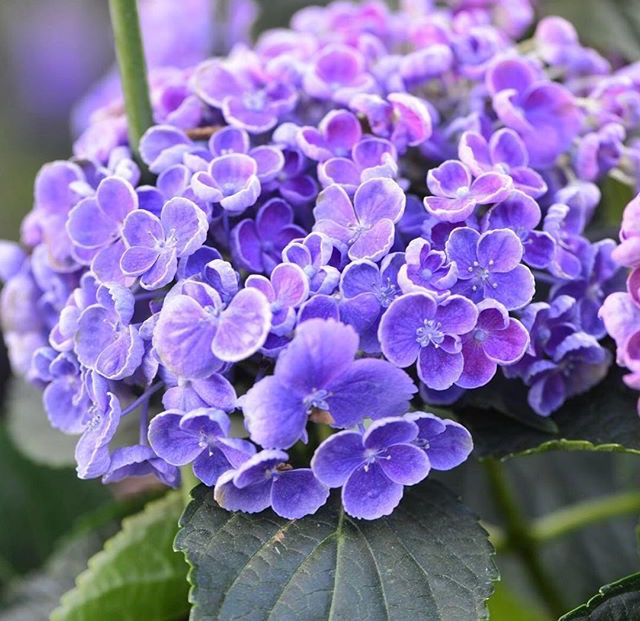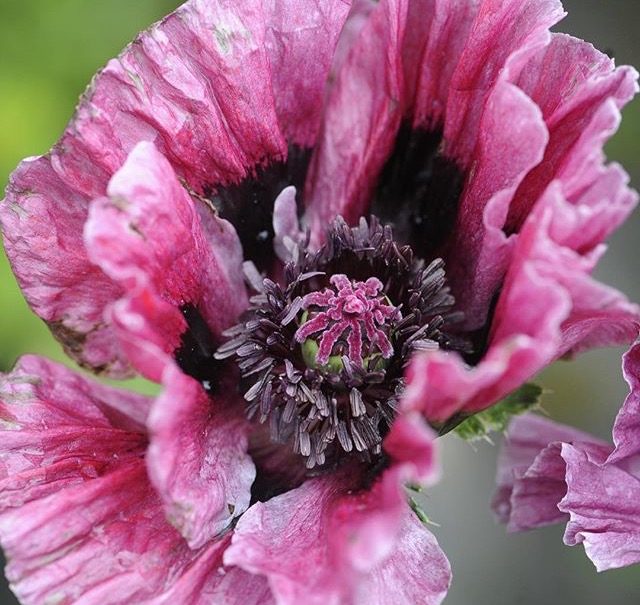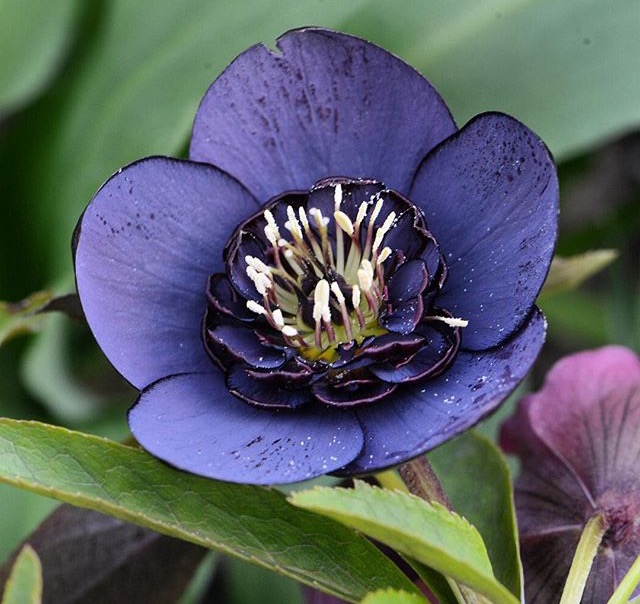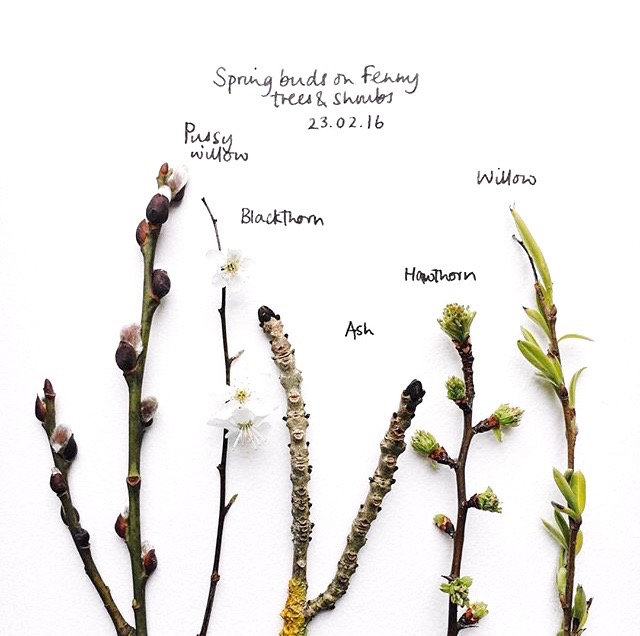
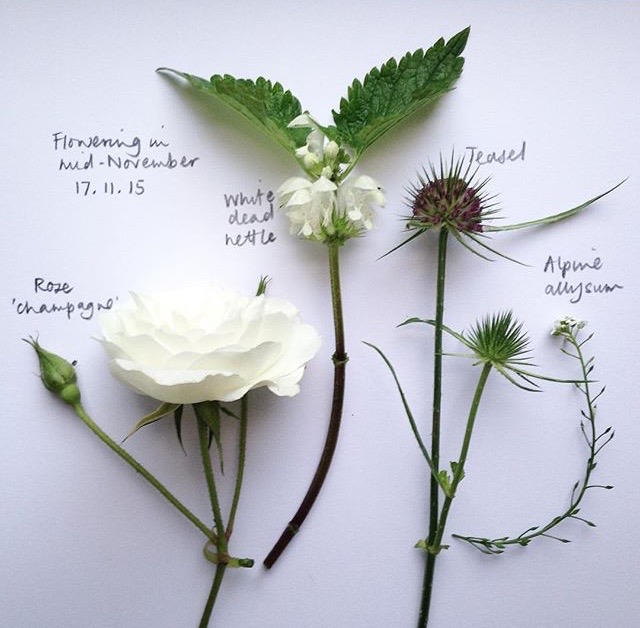
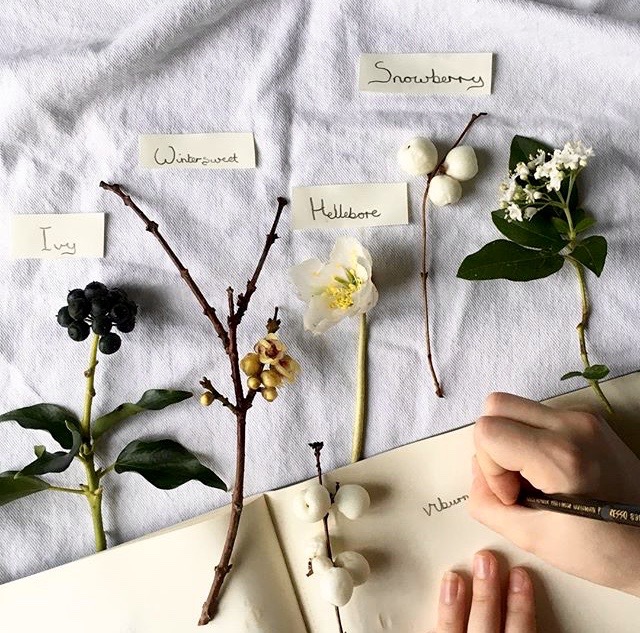
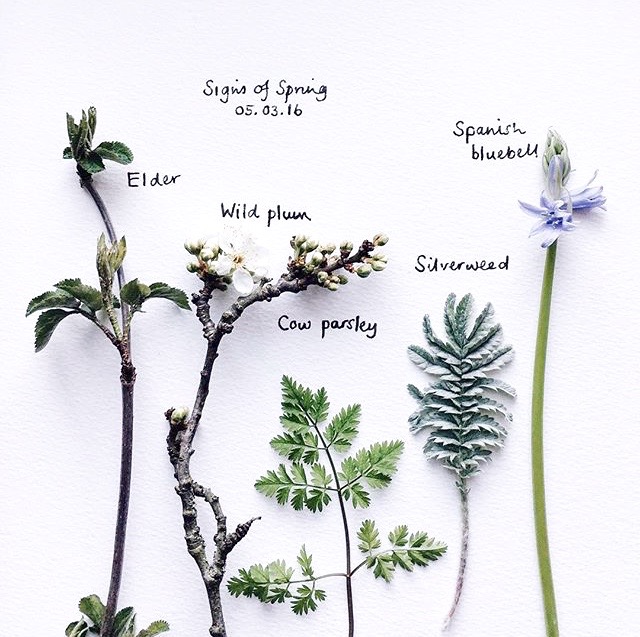
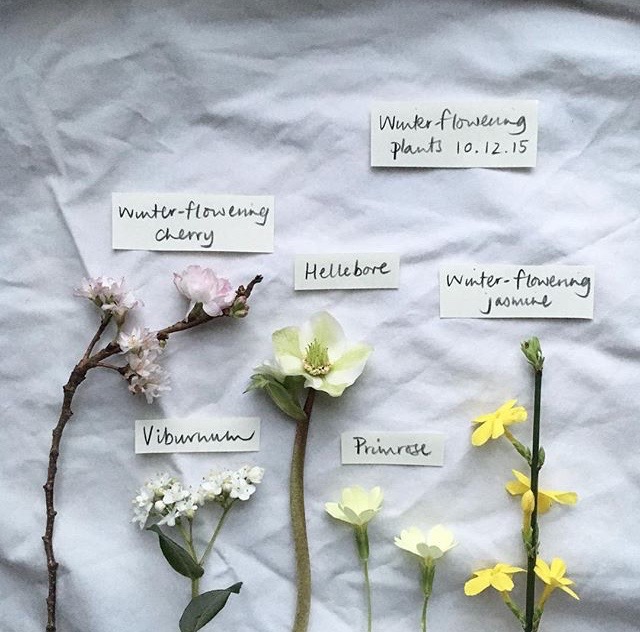
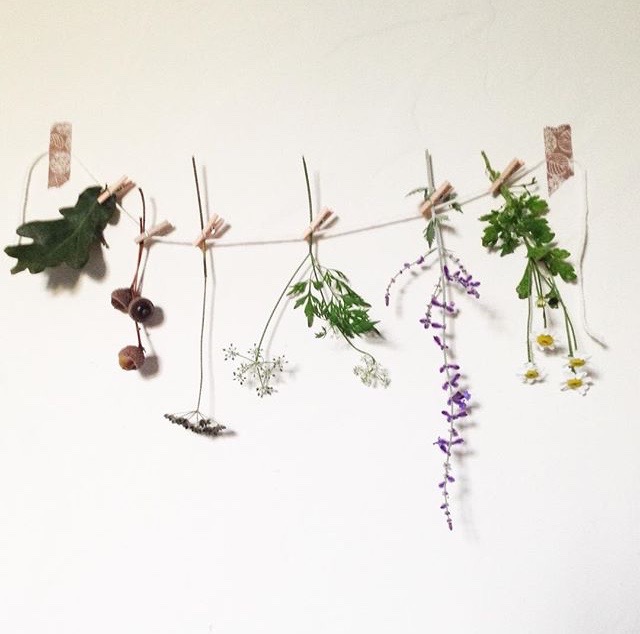
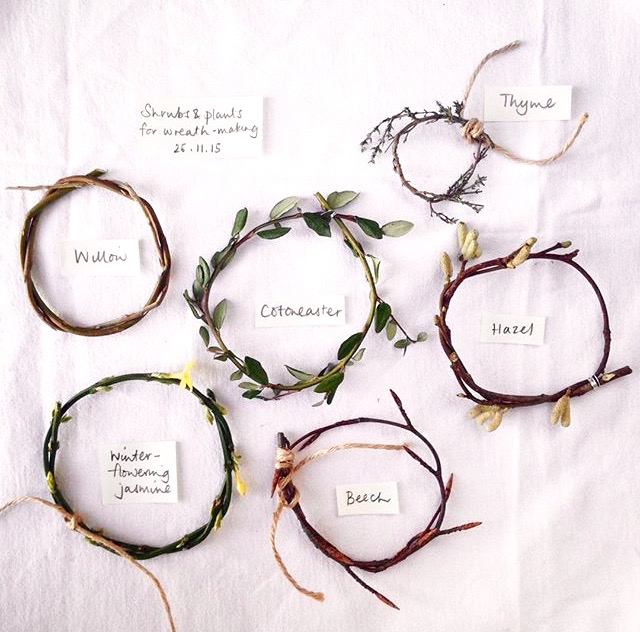
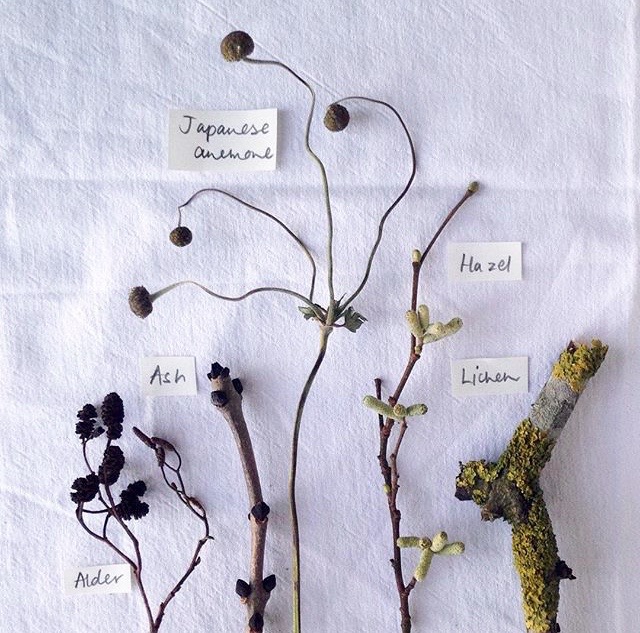
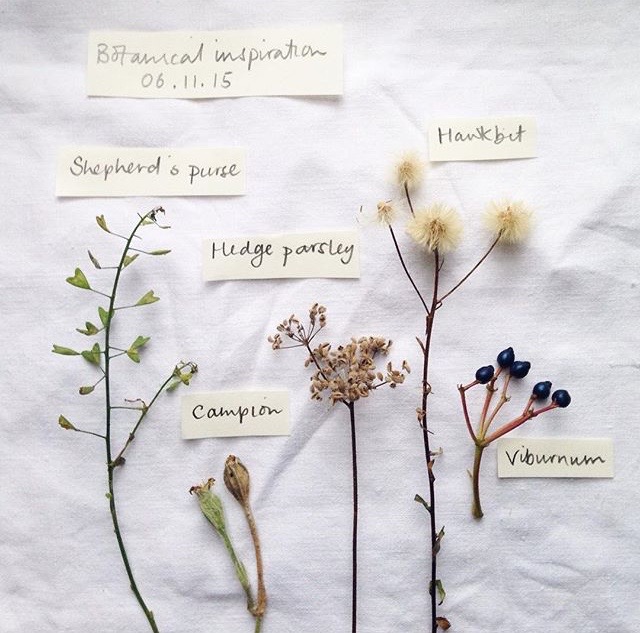
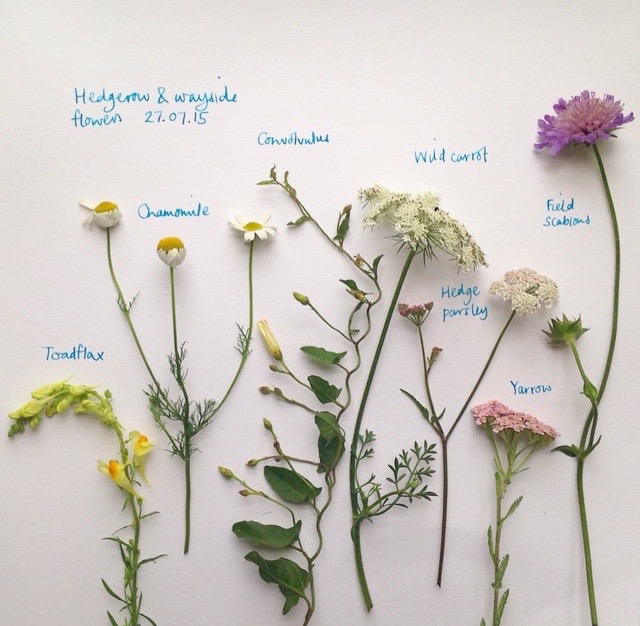
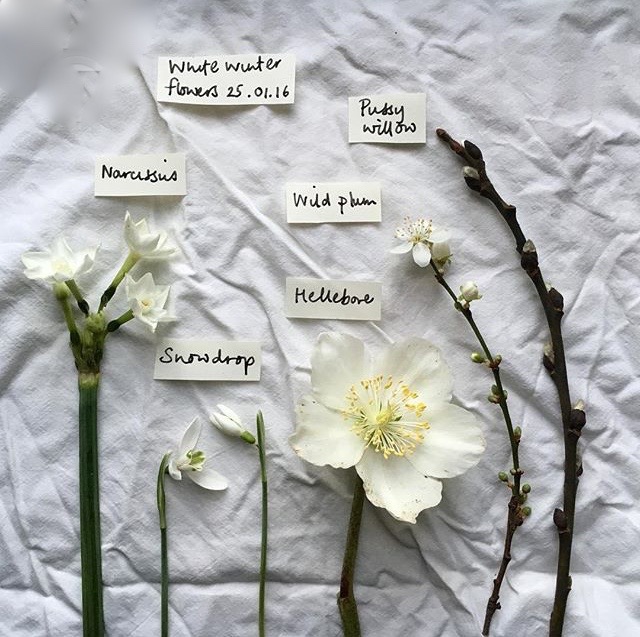
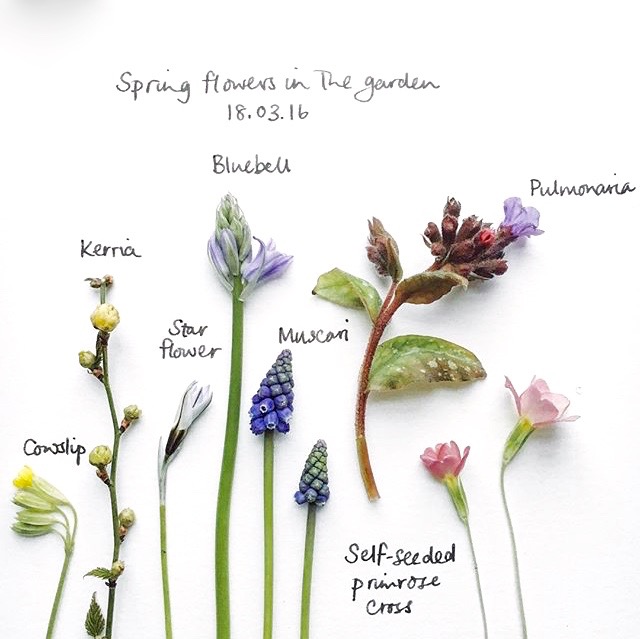
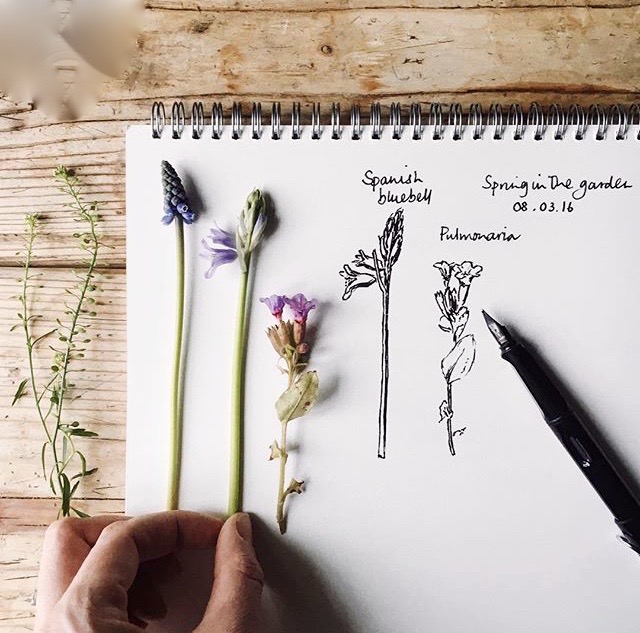

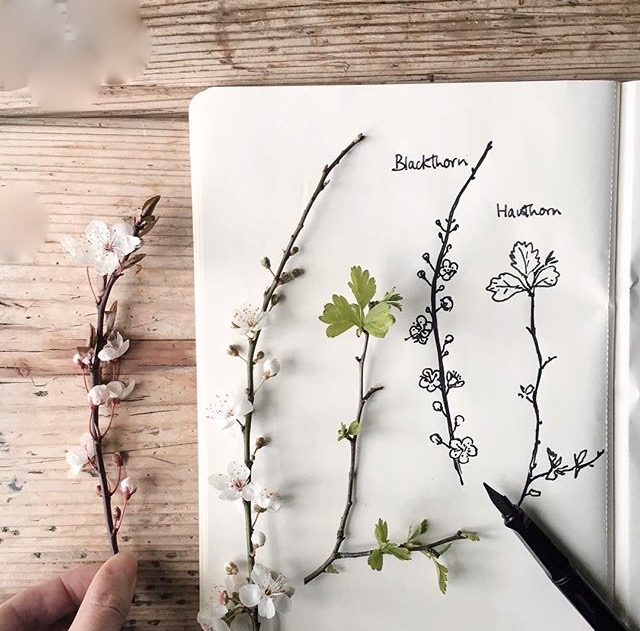
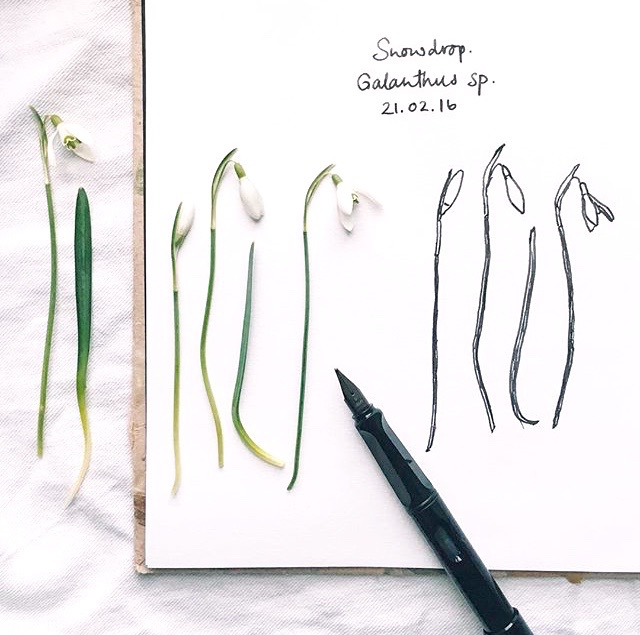
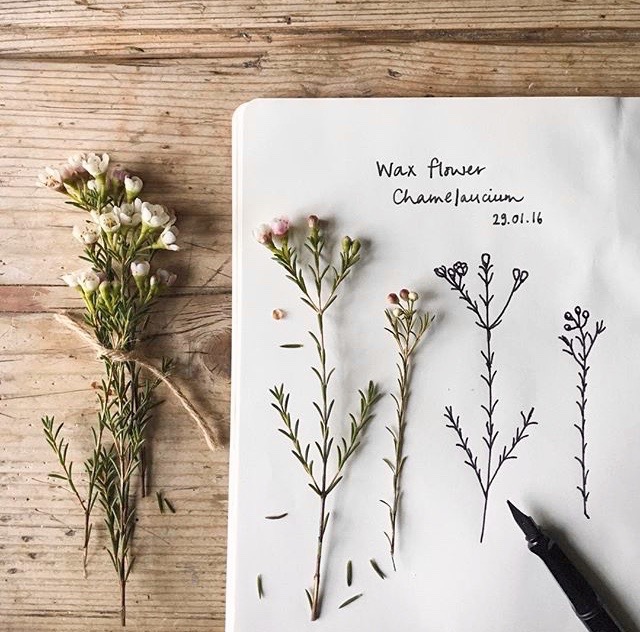
There is a radio show here in Toronto, where the infamous Kim Mitchell (well infamous here in Canada…everybody knows “Patio Lanterns”….) has a spot that he dubs “Damn I wish I wrote that” where he highlights various famous songs that he wishes he wrote. He plays a little diddle on his guitar, fumbles a few notes trying to play some extremely tricky Zeppelin riff, and natters on about how amazing the song is and how he wishes he wrote it. I always chuckle to myself as I know he wishes he was a better musician, and that he could come up with something better than “Go for a Soda”, but I love that he can put all his admiration on the line, and be humbled by it.
Every time I highlight one of these artists on Photosynthesis, I feel like Kim Mitchell. Because I wish I wrote that.
Emma Mitchell is one of those artists. To do something as simple and beautiful as her Botanical Photography, it immediately turns into an art form. She has found the beauty in each individual stem or leaflet that she discovers, and groups them together in a neat little row, and labels them for all of the other plant nerds out there to admire.
She lives in a little village somewhere across the pond, and highlights her creativeness on her blog silverpebble. Every post is a fascinating read, and I am in the process of picking all the chicken off the bone and devouring her posts one at a time. I have just signed up for her handwritten letter exchange, which some 700 people have signed up to exchange creative handwritten letters to random pen pals all over the world. I am in love.
